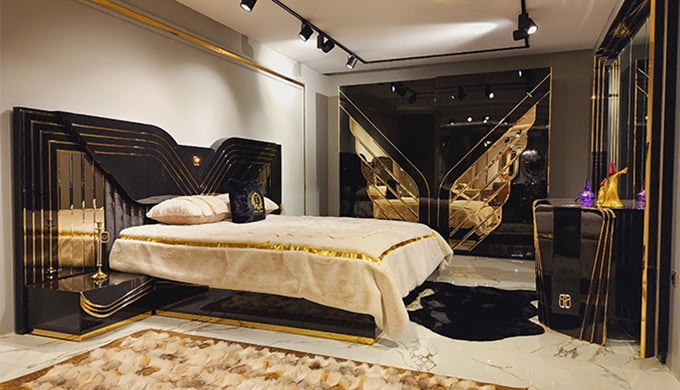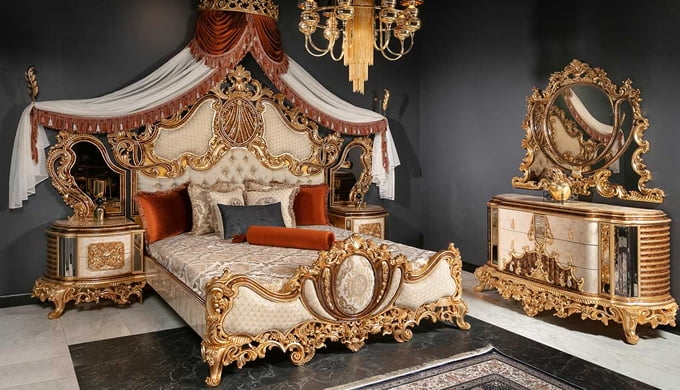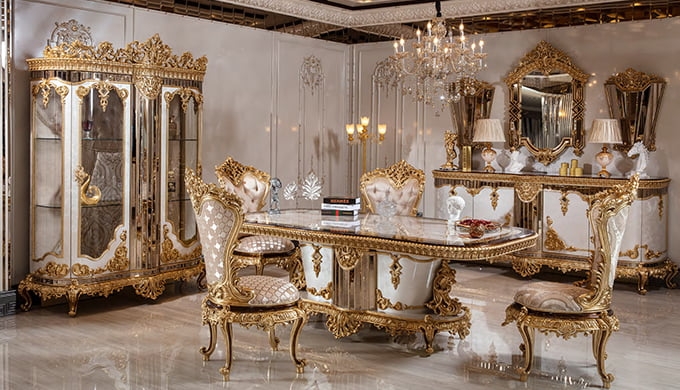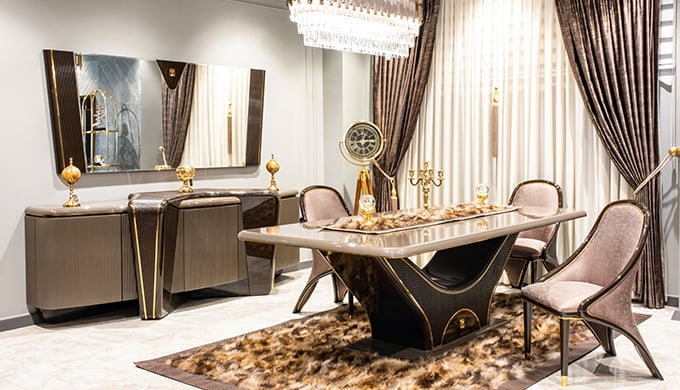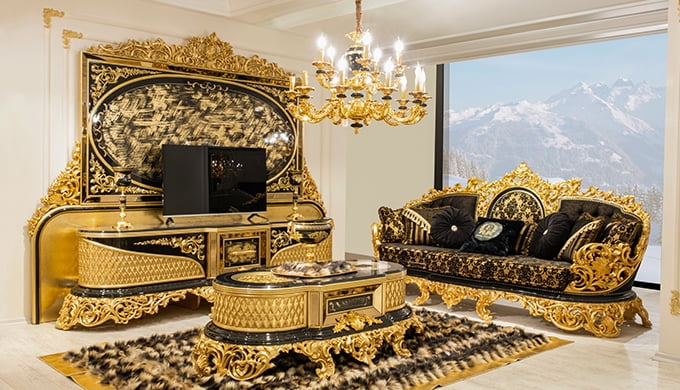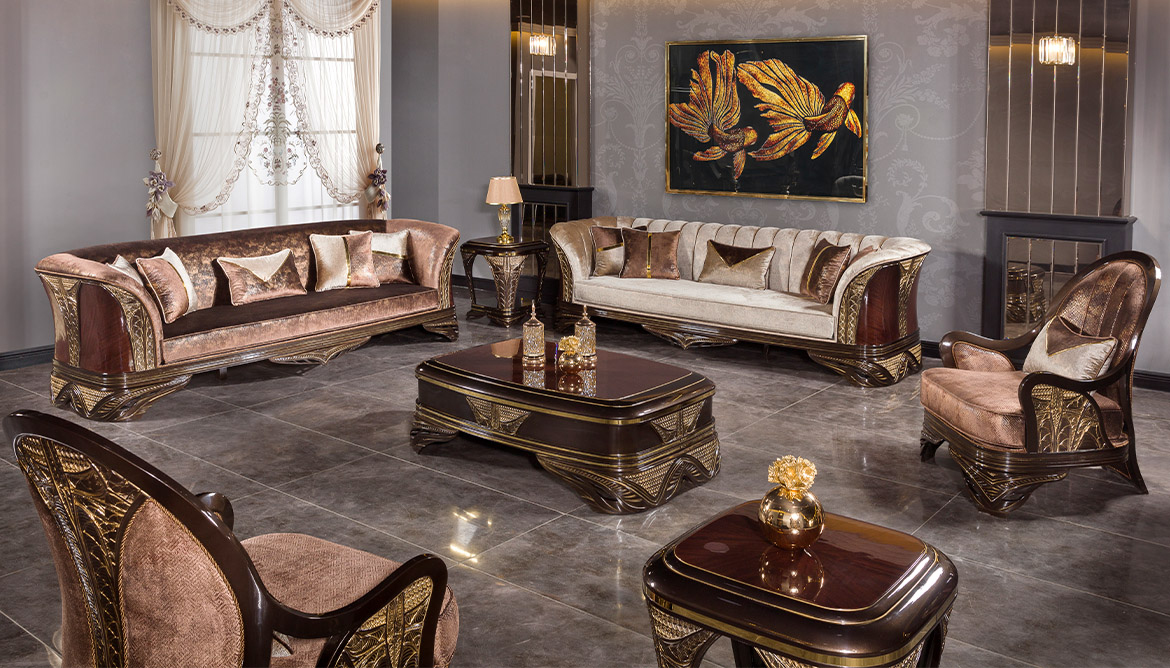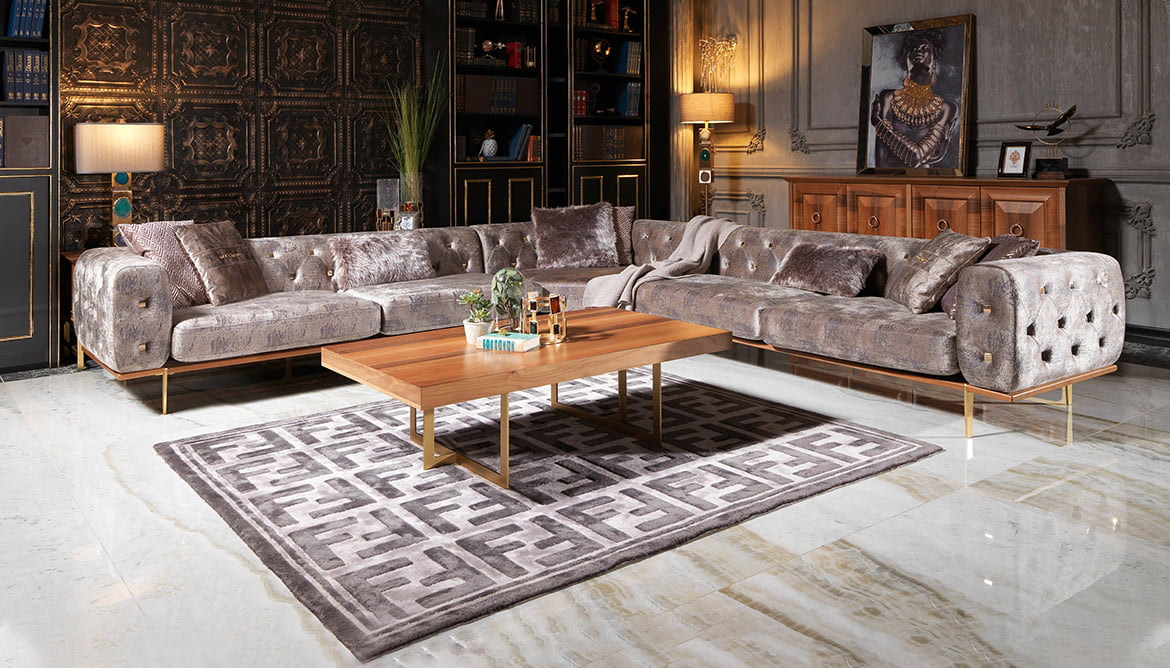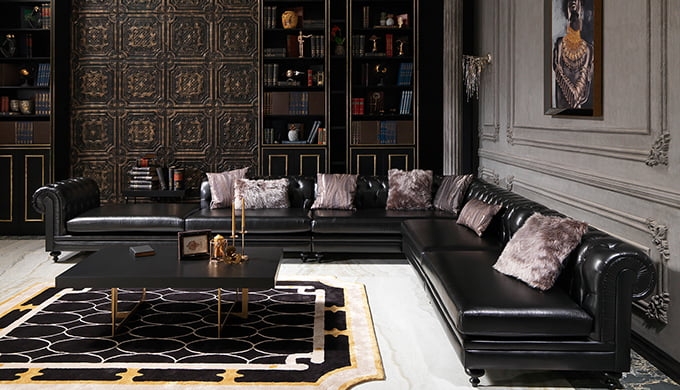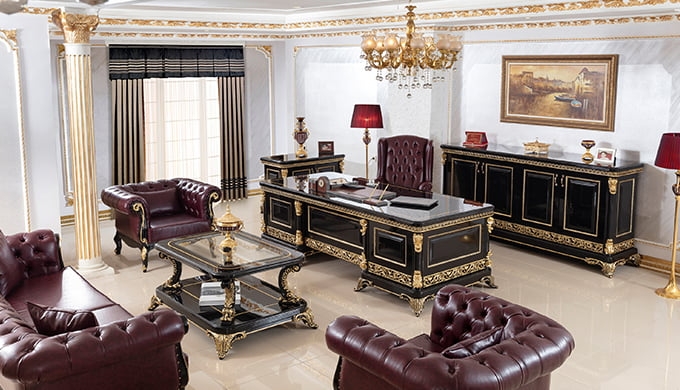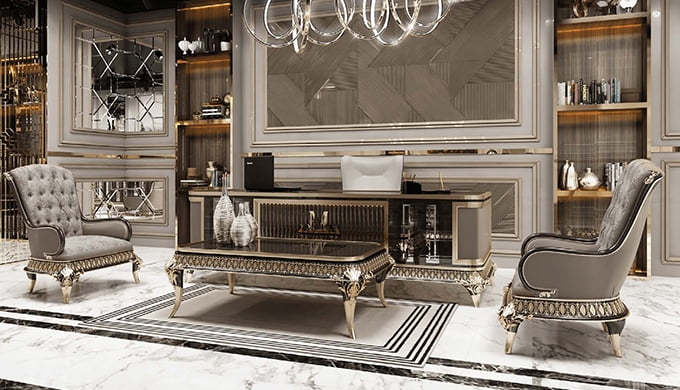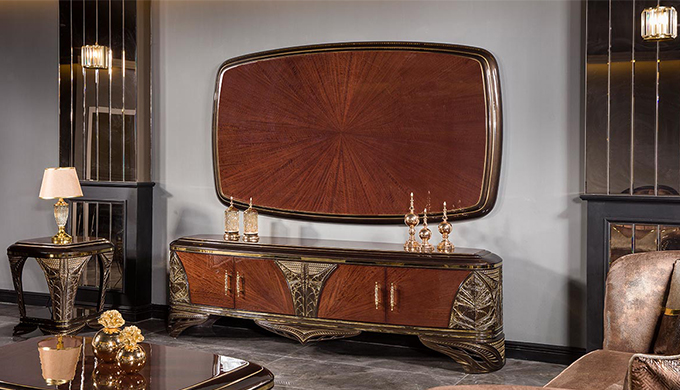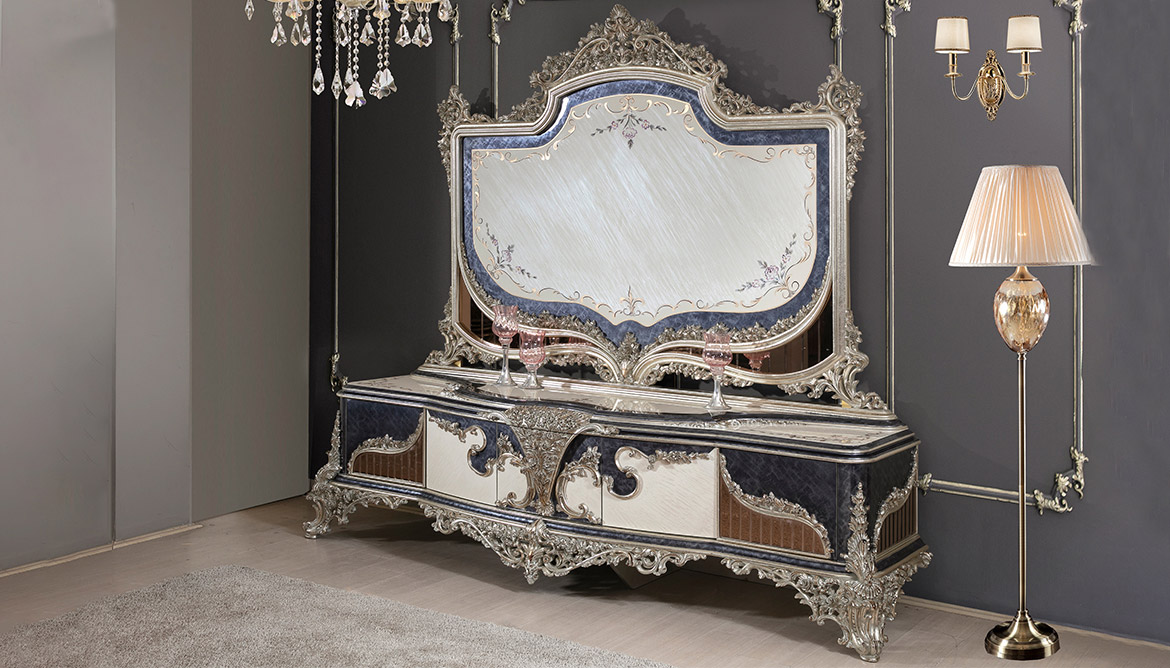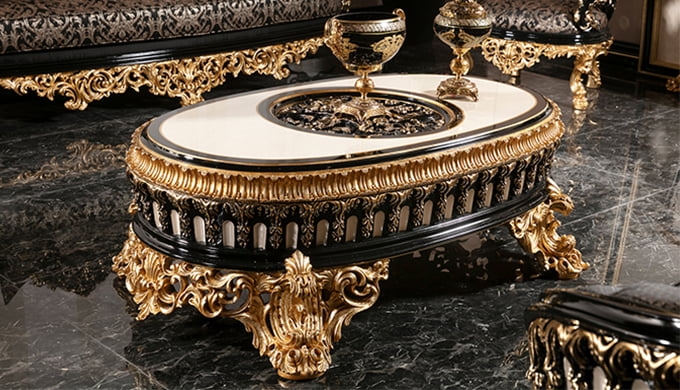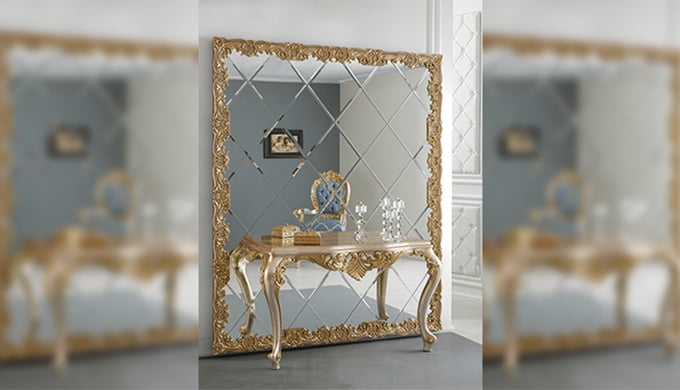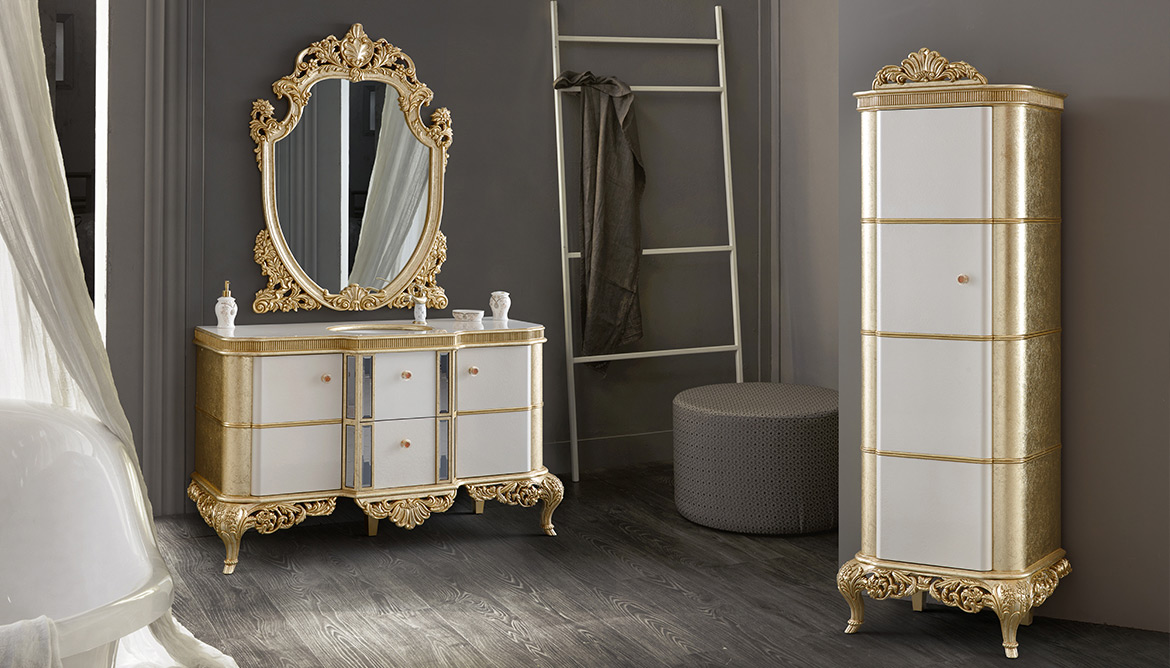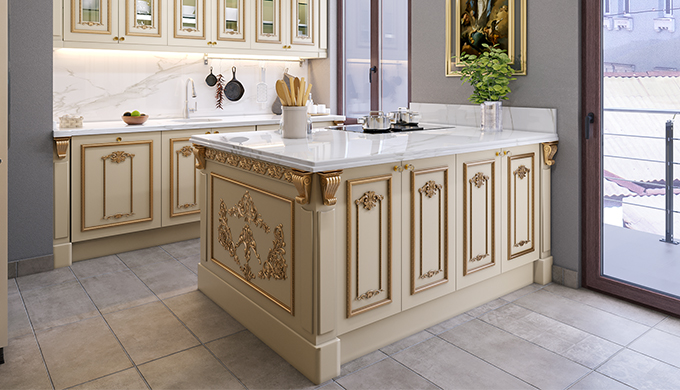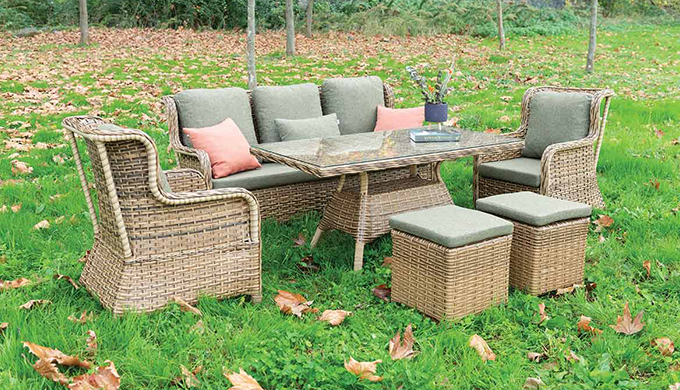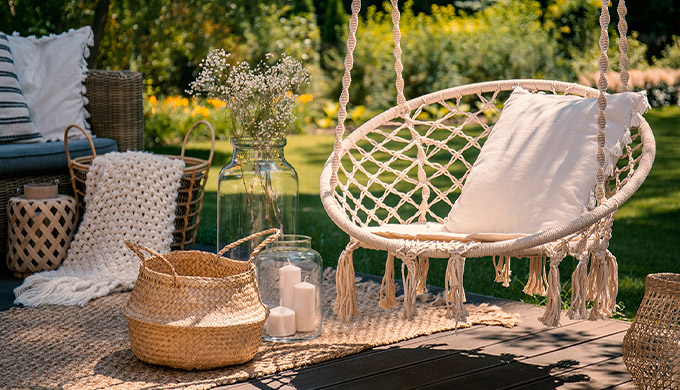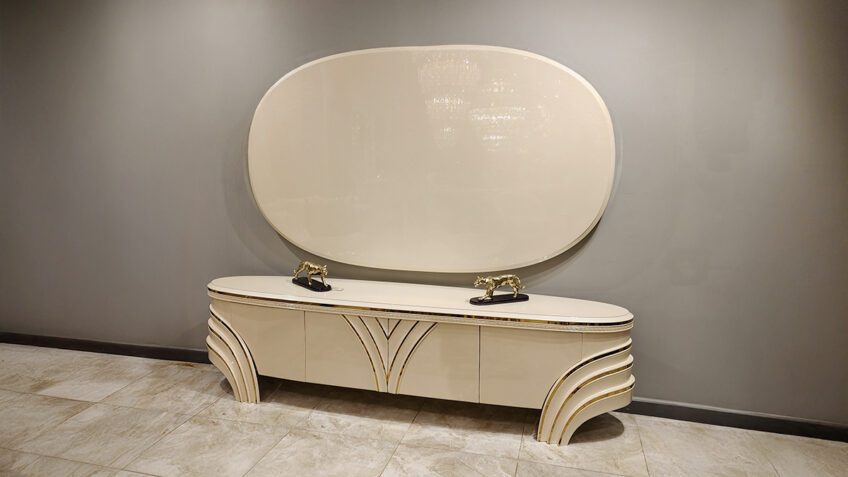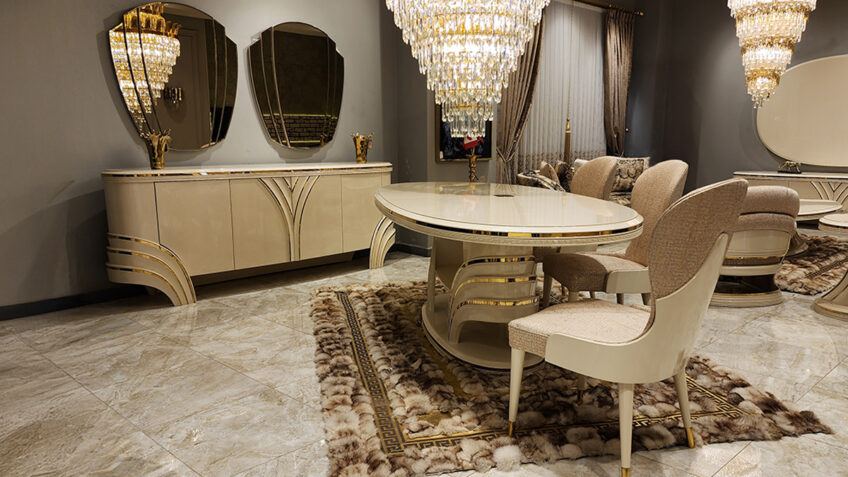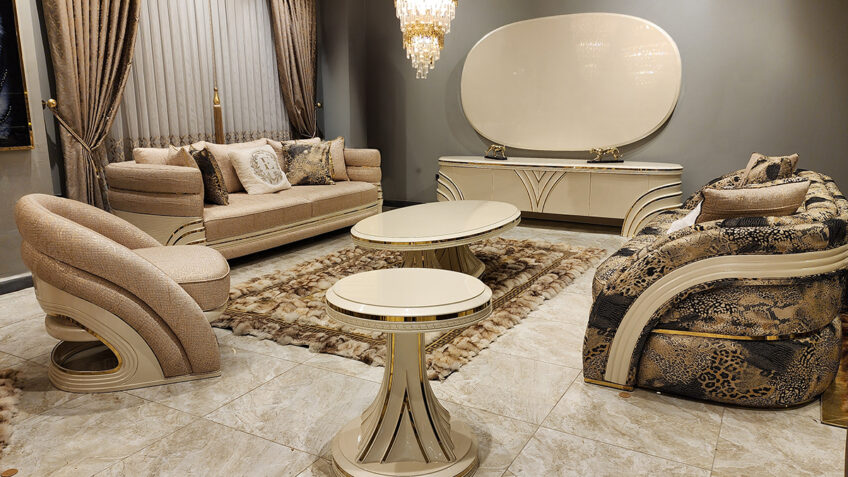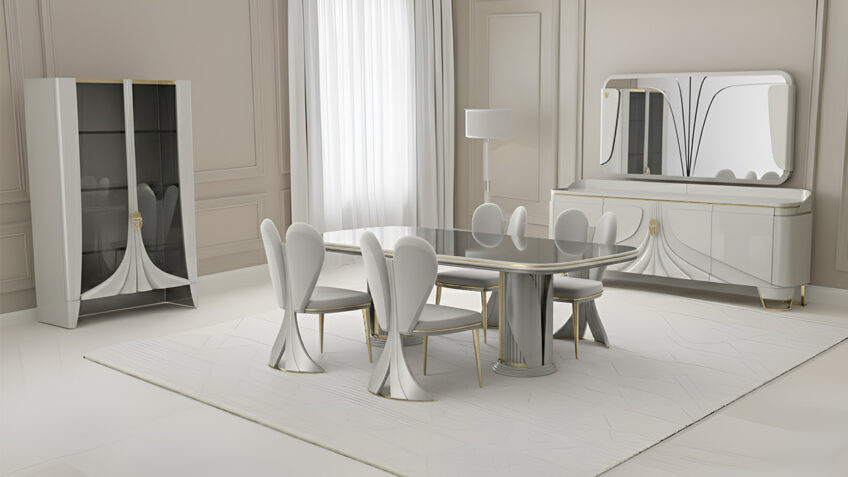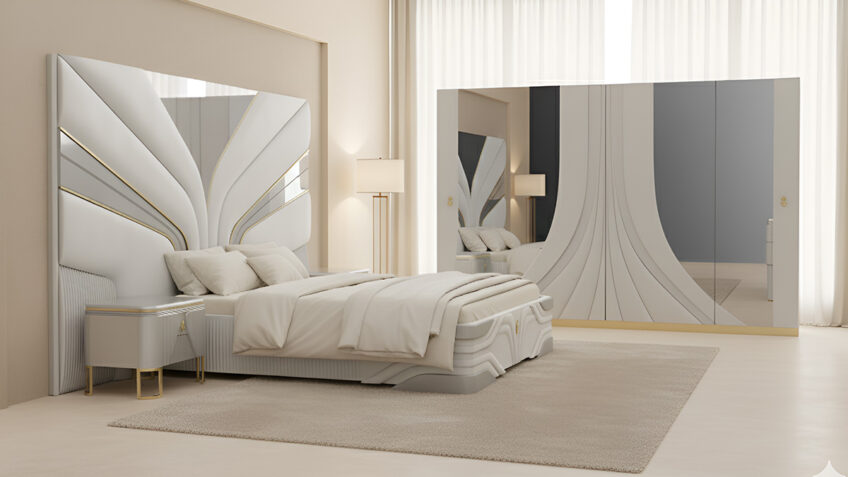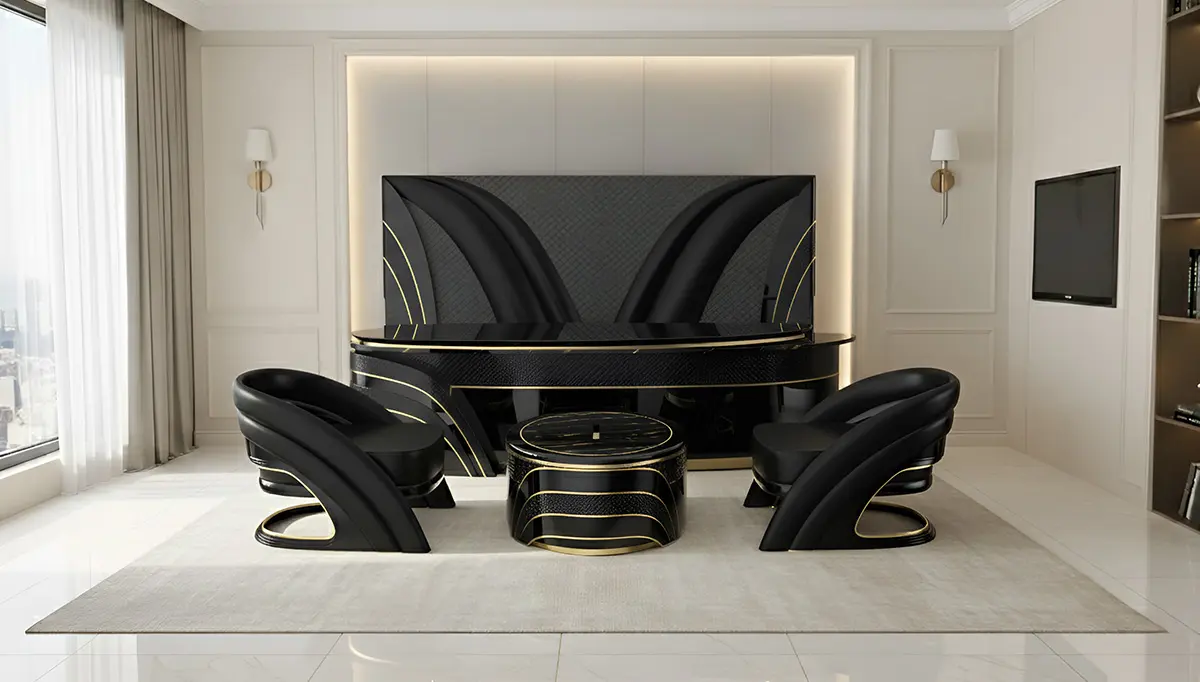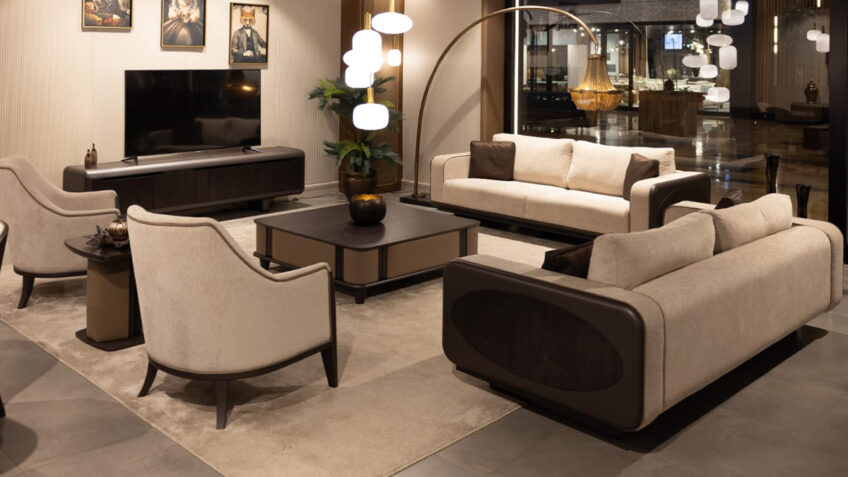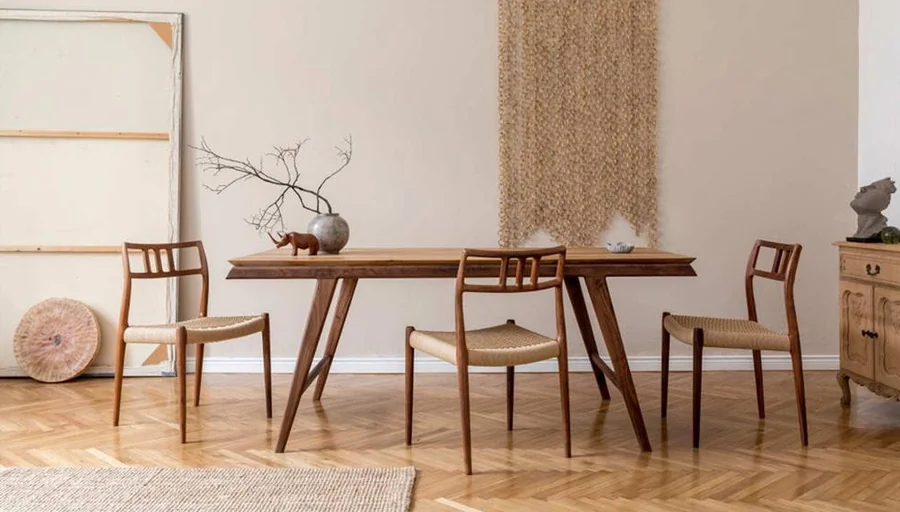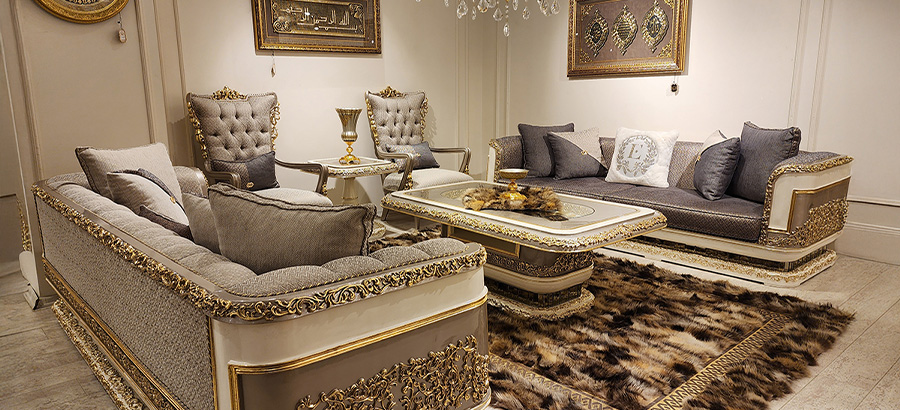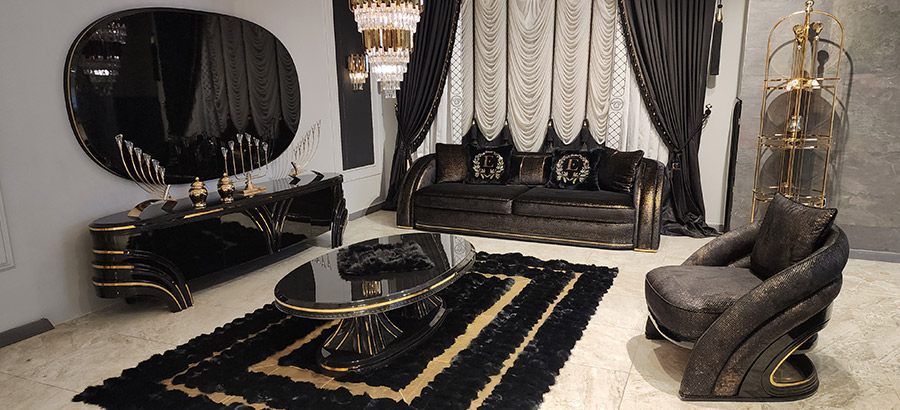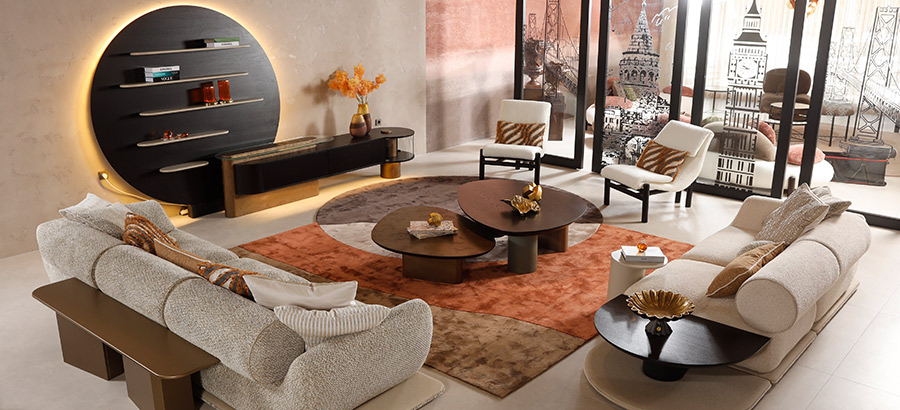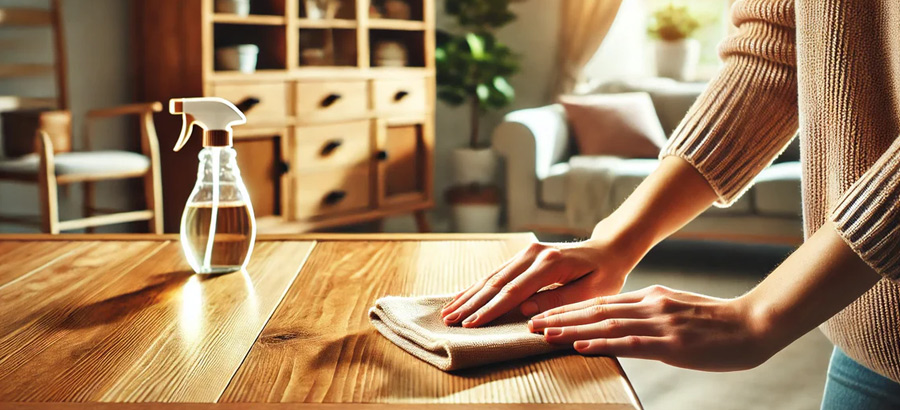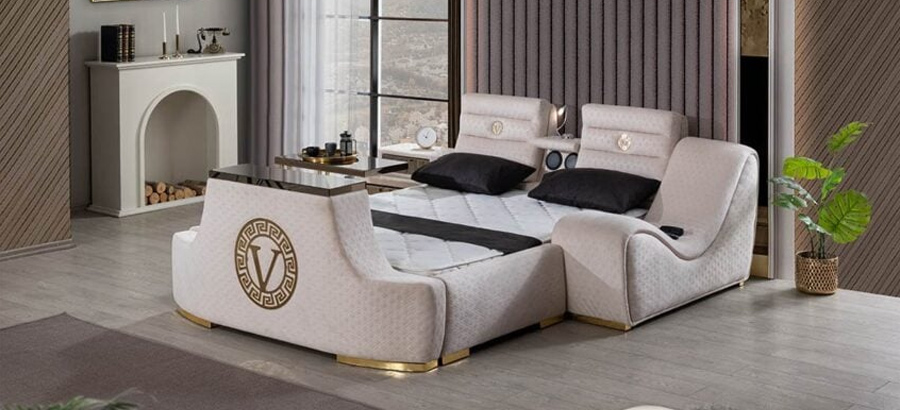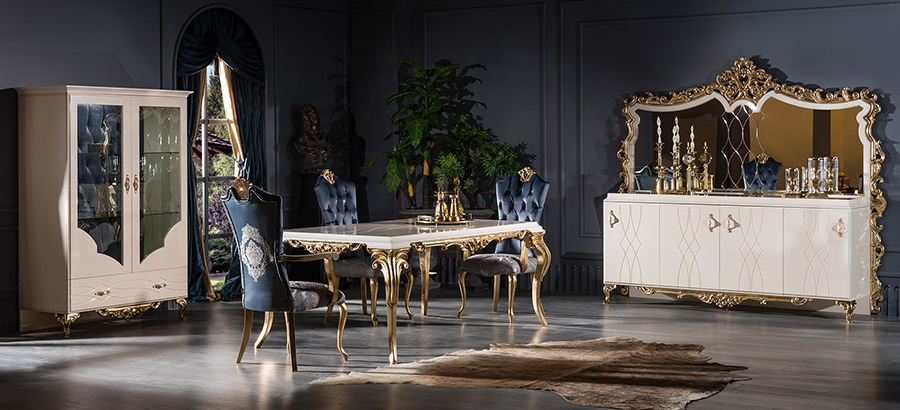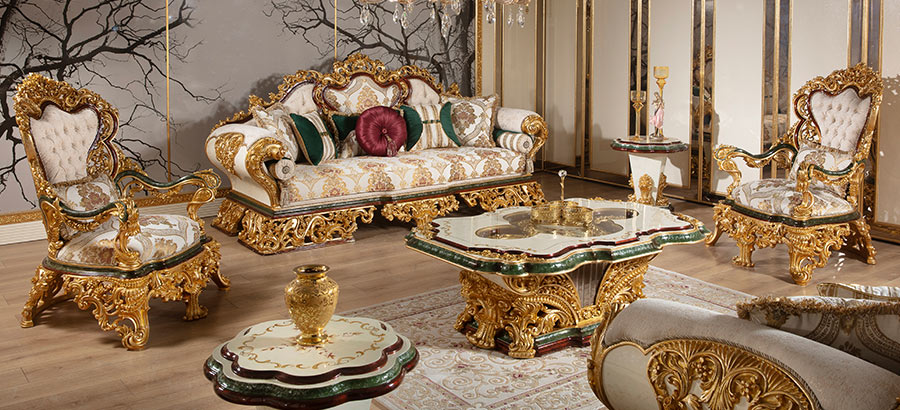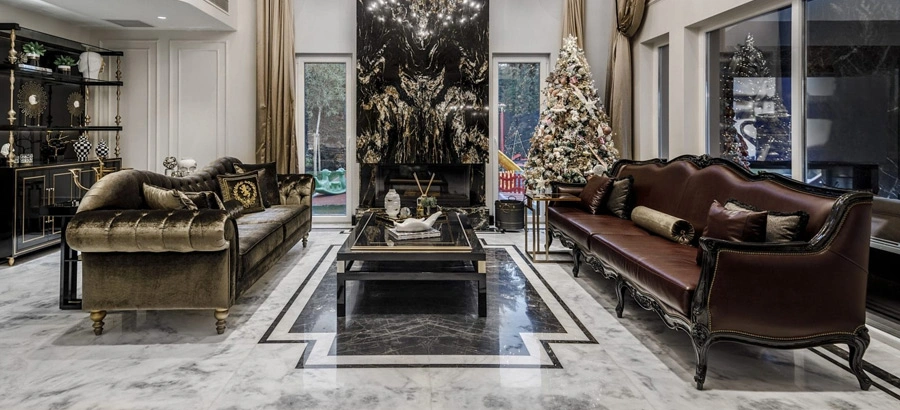The hotel lobby is more than just a transitional space — it is the first impression, the brand ambassador, and the emotional tone-setter for every guest. An elegant and well-furnished lobby can evoke a sense of comfort, luxury, or creativity, depending on your hotel’s personality. To help you make the best design decisions, here are key furniture tips for creating a stunning and welcoming hotel lobby.
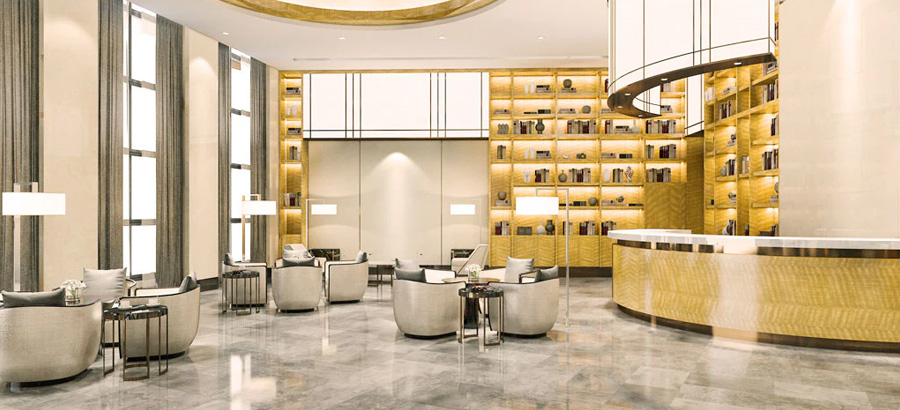
1. Define the Lobby’s Purpose and Flow
Before selecting furniture, define how your lobby will function. Will it be a place for guests to relax, wait, meet, or even work remotely?
- If the lobby functions as a social hub, opt for modular seating areas with coffee tables.
- For a quiet retreat, use cozy lounge chairs in intimate corners.
- If you cater to business travelers, incorporate communal tables, charging stations, and comfortable task chairs.
Traffic flow is equally important. Avoid cluttering the space with oversized furniture. Instead, create wide walkways and logical paths that lead guests from the entrance to the reception, elevators, and lounge areas effortlessly.
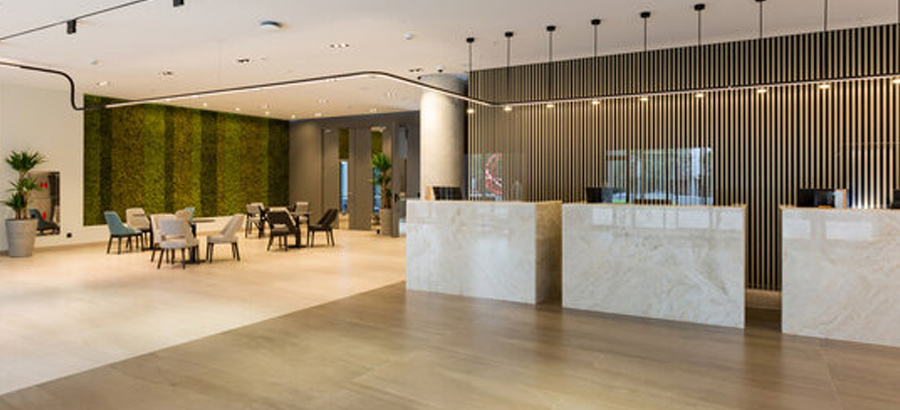
2. Prioritize Statement Pieces
A strong visual element can instantly elevate a lobby’s character.
- Choose a statement sofa or a sculptural armchair as the centerpiece.
- Incorporate a custom-made reception desk with unique textures or lighting.
- Use an oversized chandelier or modern art piece above a stylish console to anchor the room.
These standout pieces give the lobby a luxurious feel and create excellent photo opportunities for guests perfect for social media sharing.
3. Mix Comfort with Aesthetics
Guests often spend time in the lobby waiting for check-ins, transportation, or meetings. Comfort should never be sacrificed for style.
- Opt for ergonomic chairs with plush cushions and supportive backs.
- Choose upholstery materials that feel soft and luxurious but are also durable and easy to clean.
- Use rounded edges and soft textures to encourage relaxation.
Balance modern elegance with residential warmth your guests should feel both impressed and at home.
4. Create Functional Zones
Divide the lobby into multiple areas to serve different guest needs.
- Reception zone: Focus on efficient design with easy-to-navigate counters and practical seating nearby.
- Lounge area: Add sectionals or club chairs arranged in semi-circles to encourage conversation.
- Workstations: Install high tables, individual desks, or acoustic booths for business travelers.
- Coffee and refreshment corners: Place café tables and bar stools in inviting arrangements.
Use rugs, different lighting fixtures, or varied flooring materials to define each space visually.
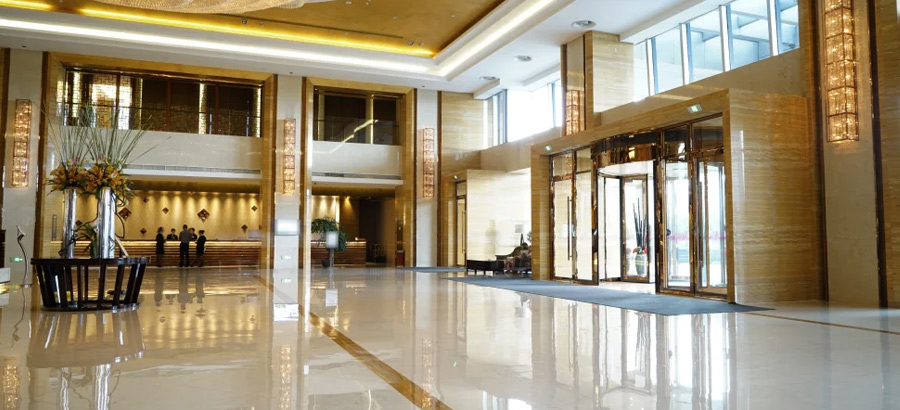
5. Choose a Cohesive Color Palette
Color plays a critical role in shaping the lobby’s mood and perception.
- Neutral tones like beige, cream, and gray convey timeless elegance.
- Bold hues such as navy, emerald, or burgundy add a sense of luxury and drama.
- Use accent colors in upholstery, cushions, or artwork to introduce visual interest without overwhelming the space.
Pair the color scheme with complementary lighting to enhance ambience — warm lights for coziness, cooler tones for modern sophistication.
6. Invest in Quality Materials
The lobby endures heavy foot traffic and frequent use, so materials must be both elegant and durable.
- Use solid wood, marble, or high-pressure laminates for tables and counters.
- Choose stain-resistant fabrics for upholstery, preferably treated for antimicrobial protection.
- Incorporate brushed metal, brass, or leather for a premium finish that ages gracefully.
Quality materials show that your hotel values longevity, comfort, and luxury — crucial for long-term brand perception.
7. Add Artistic and Cultural Touches
Furniture can reflect local culture or brand identity through detailing and accessories.
- Commission custom-made furniture from local artisans.
- Use hand-carved wood accents, regional textiles, or art-inspired furniture to tell a story.
- Complement the setting with framed photography, sculptures, or bookshelves showcasing local literature.
Such elements not only elevate the visual narrative but also give your lobby an authentic personality.
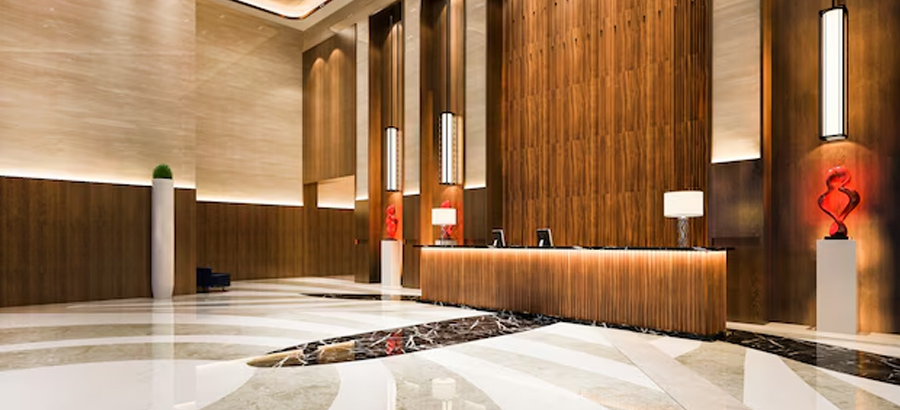
8. Don’t Forget Outdoor Extensions
If your hotel lobby extends to an outdoor terrace or courtyard, maintain design continuity.
- Use weatherproof lounge furniture that mirrors the interior style.
- Install planters, pergolas, or water features to enhance the atmosphere.
- Incorporate outdoor rugs and lighting to make the space feel like a true extension of the lobby.
A well-furnished outdoor area increases usable space and provides a refreshing guest experience.
9. Incorporate Flexible and Modular Furniture
Adaptability is essential in modern hospitality.
- Use modular sofas and movable lounge chairs to rearrange the layout for events or seasonal changes.
- Choose foldable or stackable seating for extra capacity when needed.
- Include ottomans and poufs that double as seating or side tables.
This flexibility allows your space to evolve with your guest demographics and operational needs.
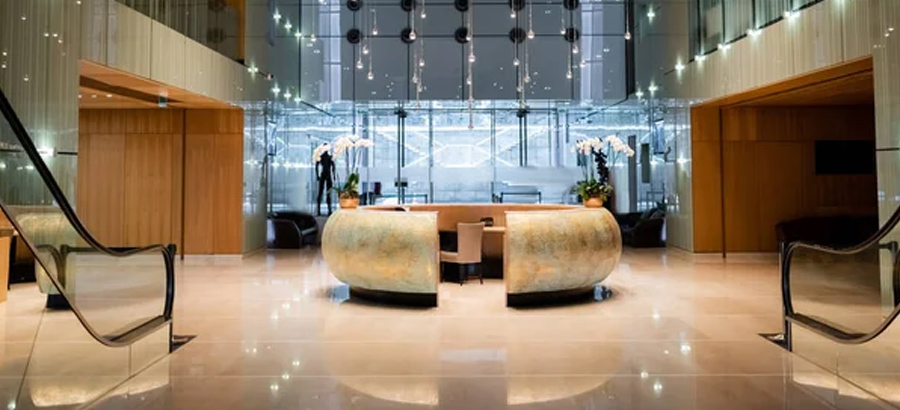
10. Consider Accessibility and Inclusion
Designing for comfort also means ensuring accessibility for all guests.
- Make sure seating includes varied heights and armrests for different needs.
- Leave ample space between furniture pieces for wheelchairs and luggage.
- Include low-height counters or reception desks to accommodate all guests equally.
Inclusive design isn’t just a regulatory requirement — it’s a marker of true hospitality.
Final Thoughts
Your hotel lobby is the heart of your brand experience. With the right furniture choices, you can turn a functional space into a captivating first impression that reflects your hotel’s character, welcomes guests with warmth, and encourages them to return.
From statement sofas to flexible zones and durable materials, every detail counts. Design your lobby not just as a waiting area, but as a destination of its own a place where luxury meets functionality and style tells your unique story.
